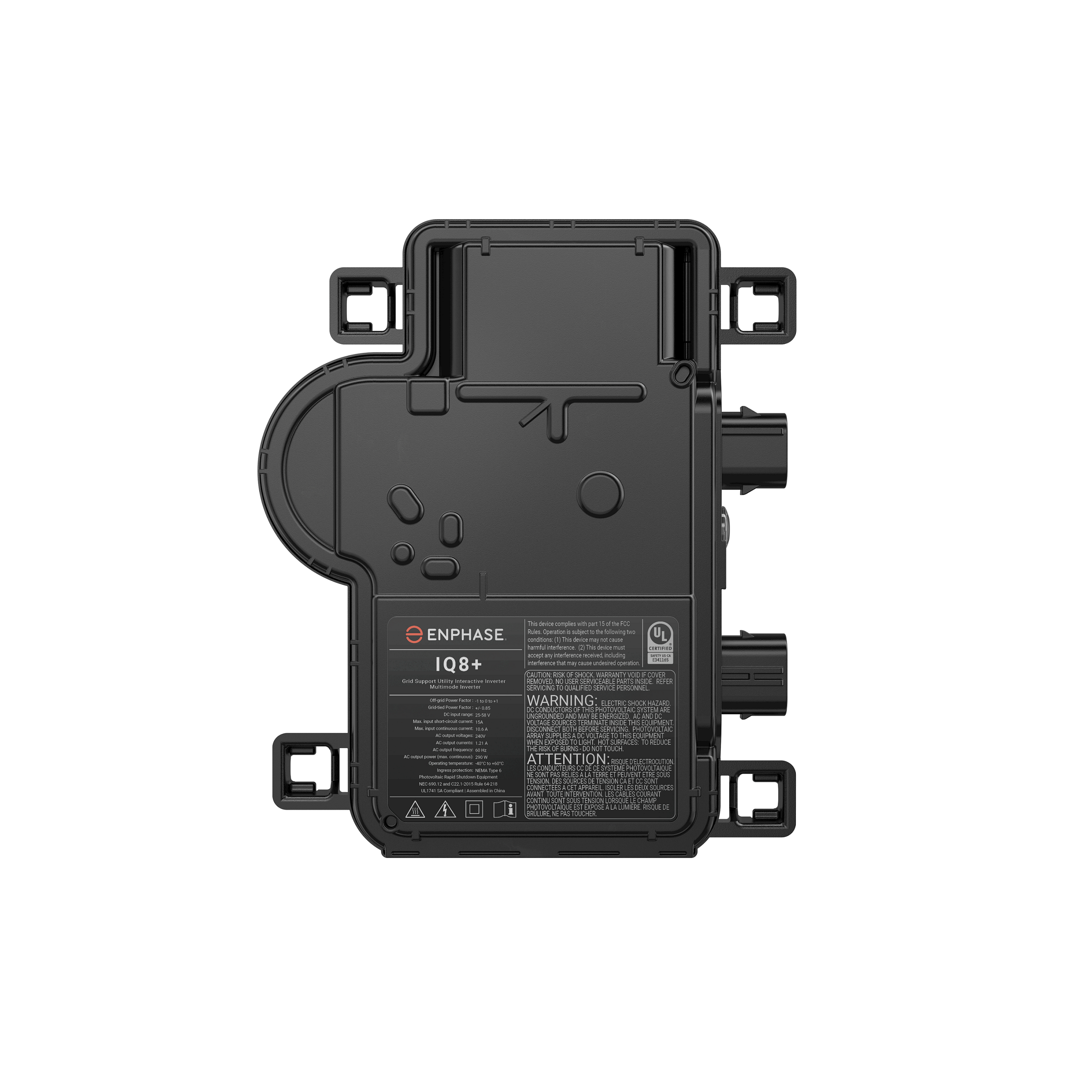cali8484
Member
There are multiple reasons for requiring grid-tied inverter (GTI) shutoff in case of grid outages (i.e. anti-islanding). Lineman safety is one of the reasons but it's not the only reason. GTI's require a common stable "grid signal" to synchronize power production and function properly. So, if GTI's didn't shutoff in grid outages (i.e. unintentional islanding condition) then they would not be able to synchronize properly and would have very unstable behavior, especially with many GTI's, including voltage transients that can damage the GTI's and/or connected device loads.



